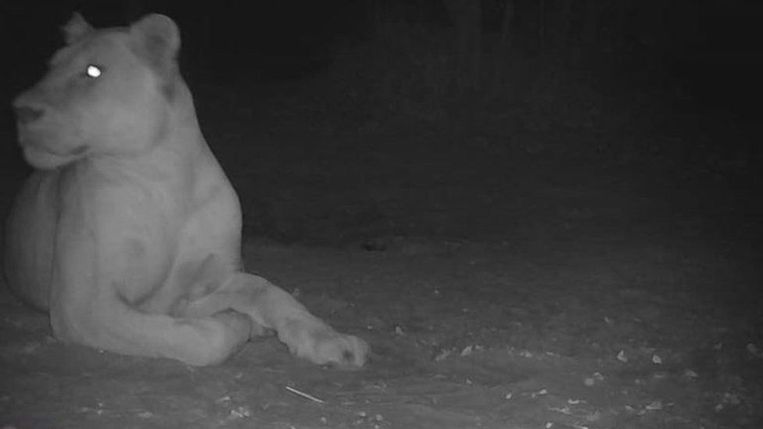A camera set up in the protected area captured the lioness in February. The photo was only now released by a team of conservationists from the government and the Wildlife Conservation Society (WCS). According to WCS, the photo shows “an excellent, very healthy adult lioness, about 5 years old.”
It is the first time since 2004 that a lion has been spotted in the national park. In 2014, the authoritative International Union for Conservation of Nature (IUCN), which compiles and manages the list of endangered species, concluded that lions were extinct in Sena Oura.
This is very encouraging news, says Luke Hunter of the WCS Big Cat Program to the BBC. I’m sure she’s not alone. “The best females are the foundation of any lion population, and they are not big vagrants. They live in areas where there are prey and which are safe to raise their young.”
The lions in Sena Oura had disappeared after a period of persistent organized poaching. Since then, the government has been strongly committed to nature conservation. This has led to better protection of the national parks and wildlife populations are now starting to recover.
According to Hunter, there are about 22,000 to 24,000 lions left in the wild. The vast majority belong to the southern lion species found in eastern and southern Africa. There are fewer than 1,000 northern lions left in West and Central Africa, “and they are critically endangered and precious.”


